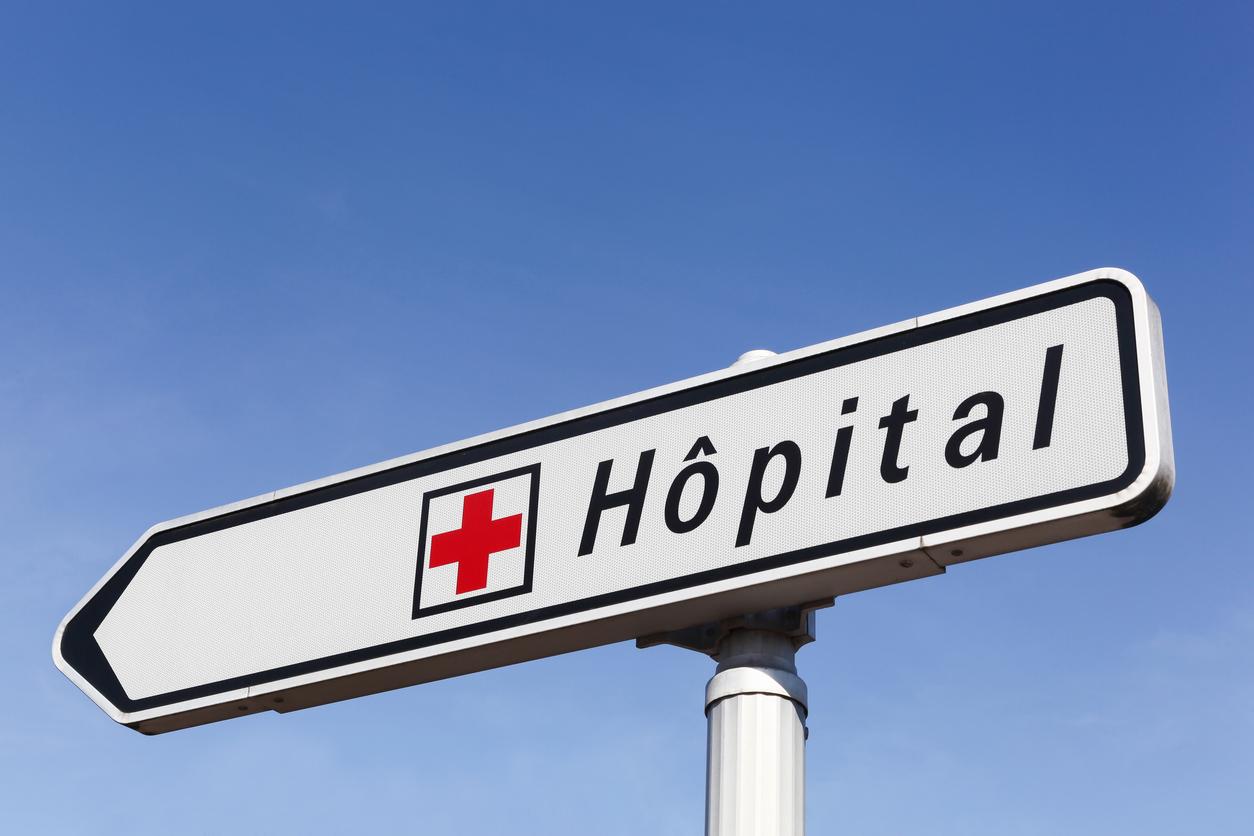While the latest expert reports say everything and their opposite, the Department of Research, Studies, Evaluation and Statistics (DREES) has just published, in open data, an update of the data on the beds actually available in hospitals.

- Since 2004, public hospitals have been financed by a so-called “activity-based pricing” system, also called T2A.
- Since 2000, more than 80,000 public hospital beds have been closed.
According to a new report from DREESthe capacities of our hospitals in critical care increased significantly in 2020, driven by the increase in intensive care beds, in particular to deal with the Covid-19 epidemic. “On the other hand, we note a decrease in the number of continuous monitoring beds, which is explained in particular by the retraining of some for the benefit of the reception capacity in intensive care or intensive care in the context of a health crisis”, add the experts.
Fewer beds in 2020
In 2020, 1,342 public hospitals, 667 private non-profit establishments and 974 private clinics made up the French hospital landscape. “In total, the number of geographical sites listed continues to decrease”, believes the Drees.
The reception capacities of these 2,983 health establishments are divided between full hospitalization (387,000 beds) and partial (80,000 places). In 2020, the number of beds able to accommodate patients continued to decline (-1.5%).
Increase in home care
In 2020, home hospital care capacities increased more than in previous years (+10.8%, after +6.2% in 2019). They thus represent 7% of full hospitalization capacity for short and medium stays (excluding psychiatry), compared to 2.1% in 2006.
Contrary to the total reception capacities in full hospitalization, the number of critical care beds (resuscitation, intensive care and continuous monitoring), in high demand during the Covid-19 epidemic, increased by 3.6% between the end of 2019 and end of 2020. “In particular, the capacity for intensive care has increased by 14.5%”, concludes the Drees.
.
















